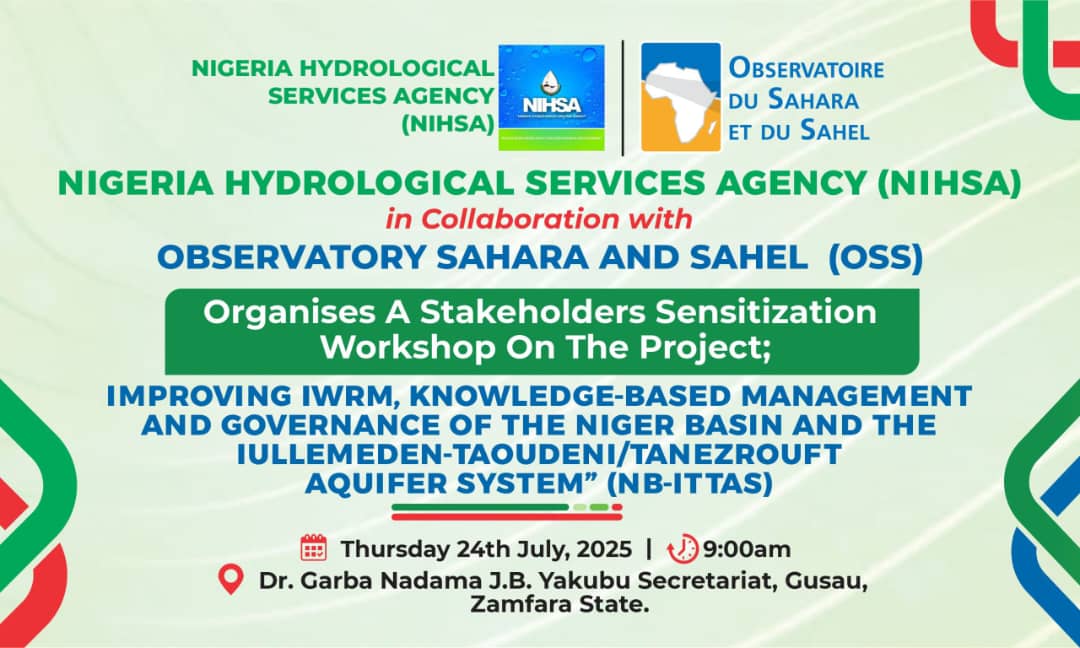

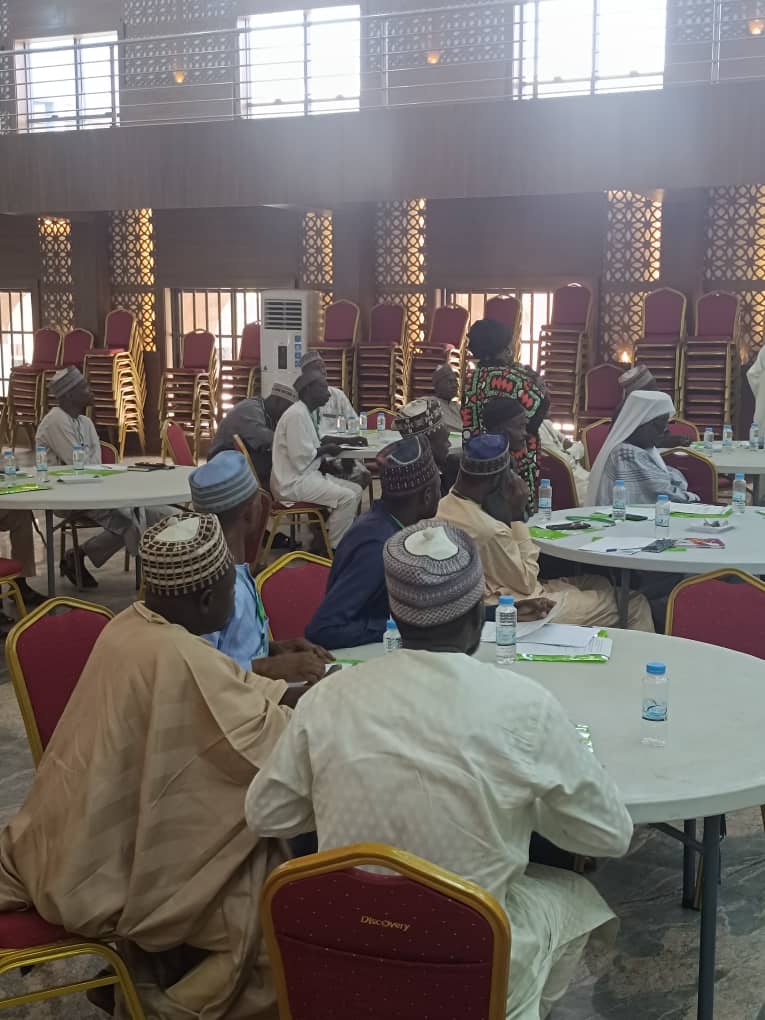
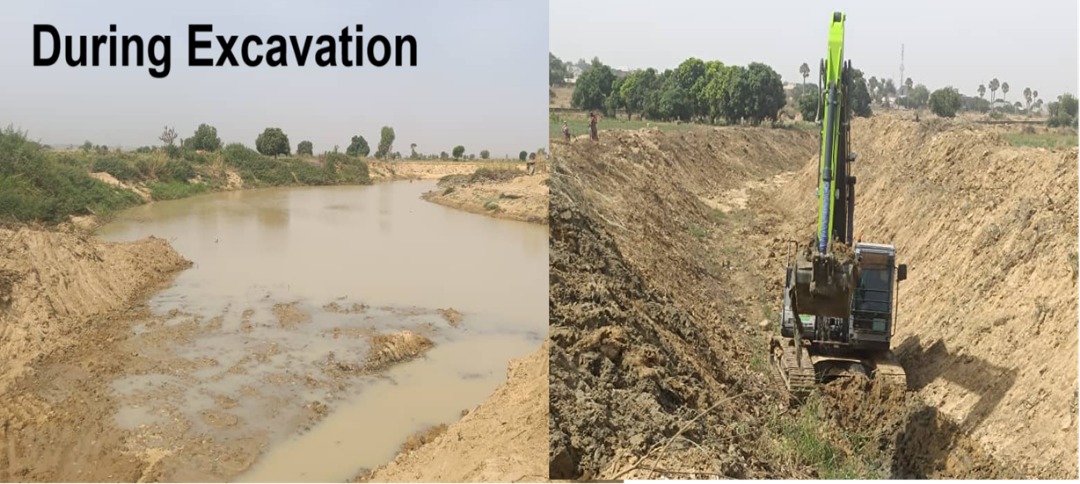
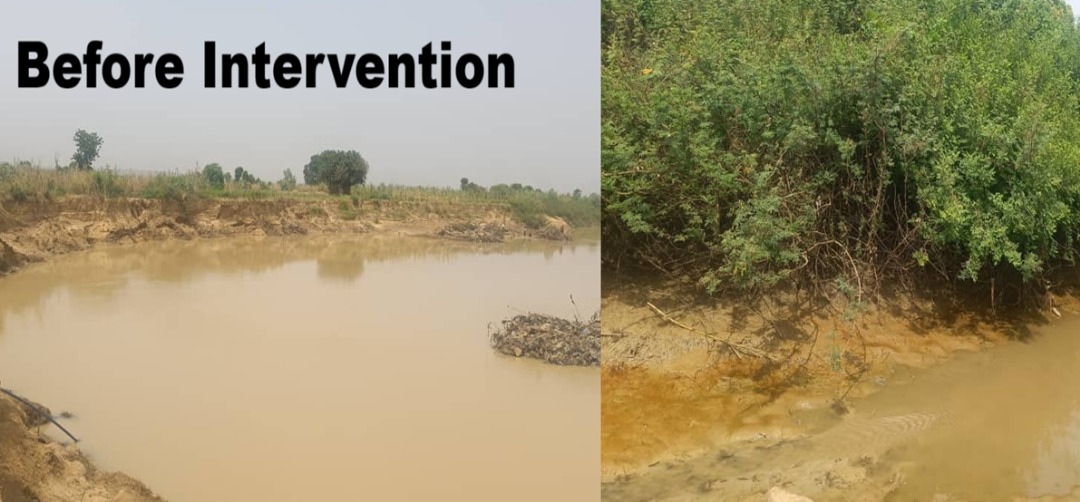
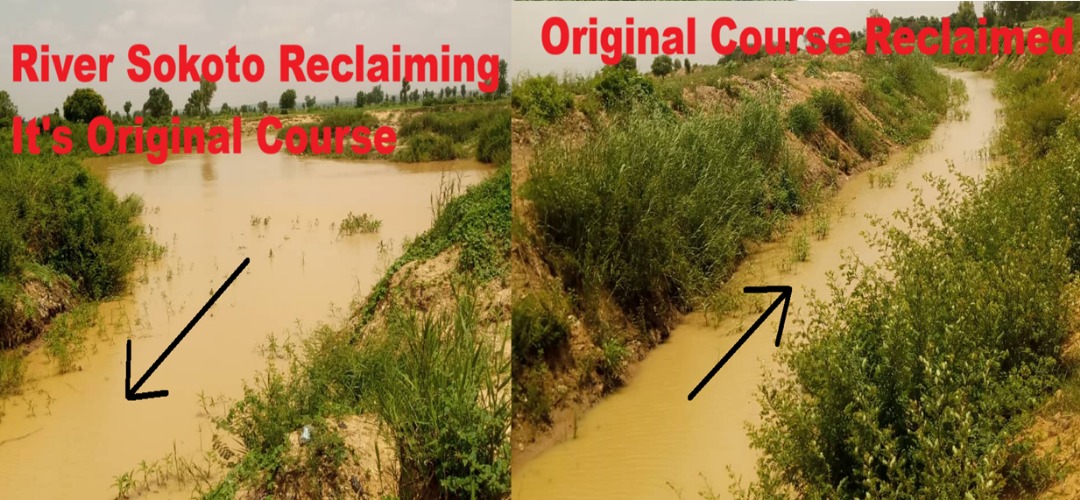
On July 24, 2025, an awareness workshop on Integrated Water Resources Management (IWRM) was held in Gusau, Zamfara State, Nigeria. Bringing together public institutions, technical experts, civil society, and local communities, the event highlighted the urgent need to address the mounting pressures on water resources in the Niger Basin and the Iullemeden-Taoudéni/Tanezrouft Aquifer System (ITTAS).
Discussions revealed how uncoordinated management of surface and groundwater directly affects food security, access to drinking water, and the resilience of local livelihoods. The Sokoto River served as a striking illustration: its deviation from its natural course, combined with growing climate variability, has led to falling groundwater levels and declining agricultural activity, threatening rural populations with increased vulnerability.
Against this backdrop, participants emphasized the importance of raising awareness among local communities and involving them more actively in water governance. Integrating scientific data into decision-making and adopting environmentally responsible practices were seen as essential steps to safeguard both ecosystems and livelihoods.
To translate these discussions into action, a pilot project is underway in Wamakko, Sokoto State. By rechanneling the Sokoto River to its original path, it aims to restore natural groundwater recharge. At the same time, water sampling is being conducted to monitor quality and generate reliable data for future management strategies. This practical and replicable approach demonstrates how conjunctive management of water resources can revive agriculture, rehabilitate ecosystems, and build resilience to climate change.
Beyond the local scale, the initiative underscores the need for regional cooperation, especially in shared contexts like the Niger Basin and ITTAS, where transboundary challenges demand collective responses. Implemented by the Nigeria Hydrological Services Agency (NIHSA) with support from the Global Environment Facility (GEF) through UNEP, the project thus lays the foundation for more integrated, inclusive, and sustainable water governance at both national and regional levels.